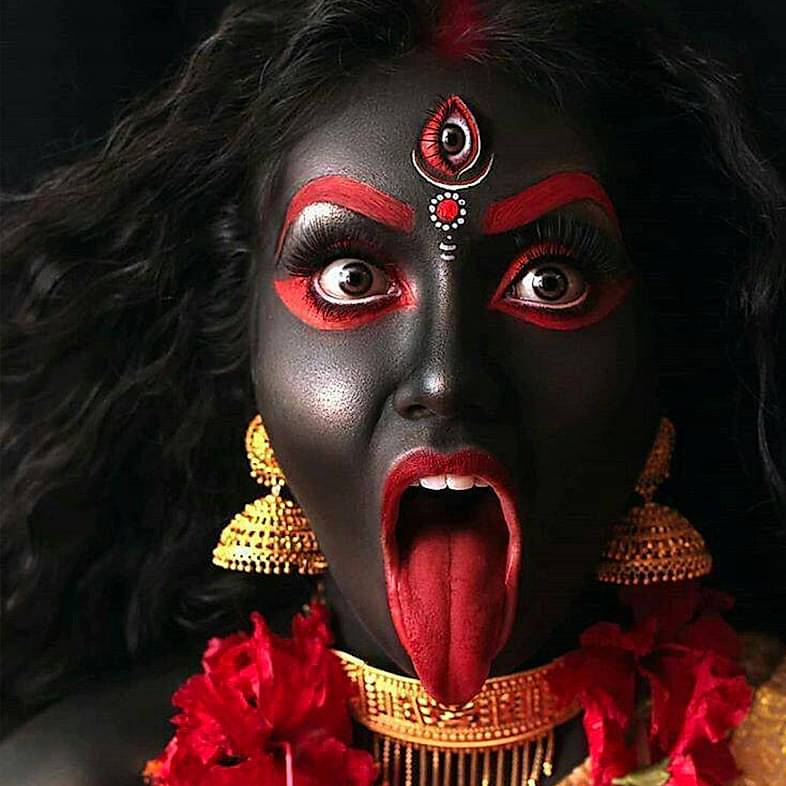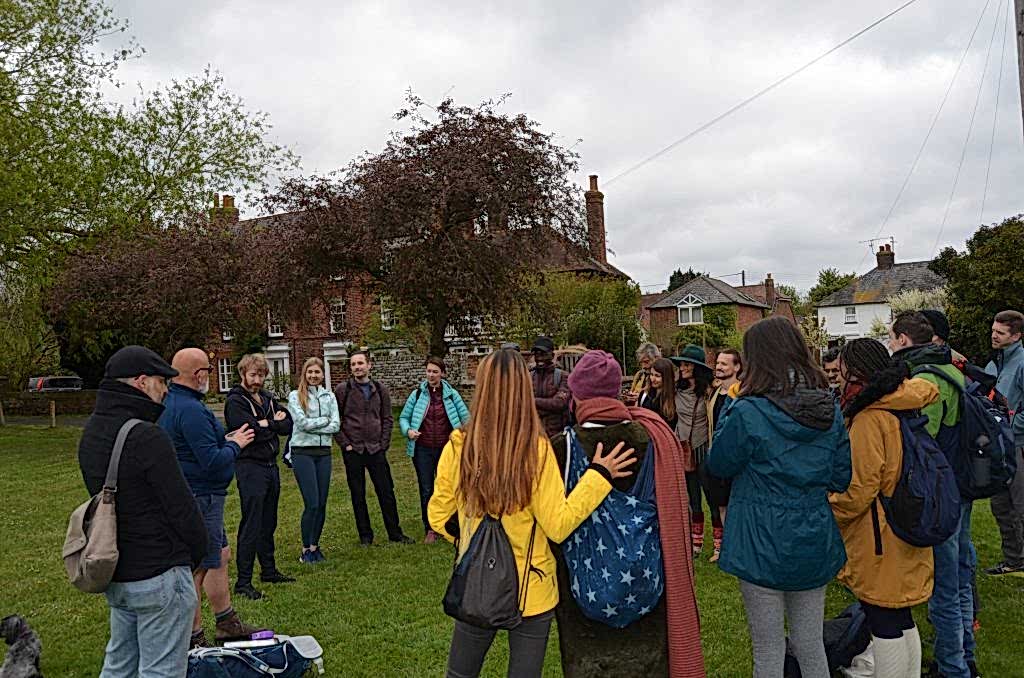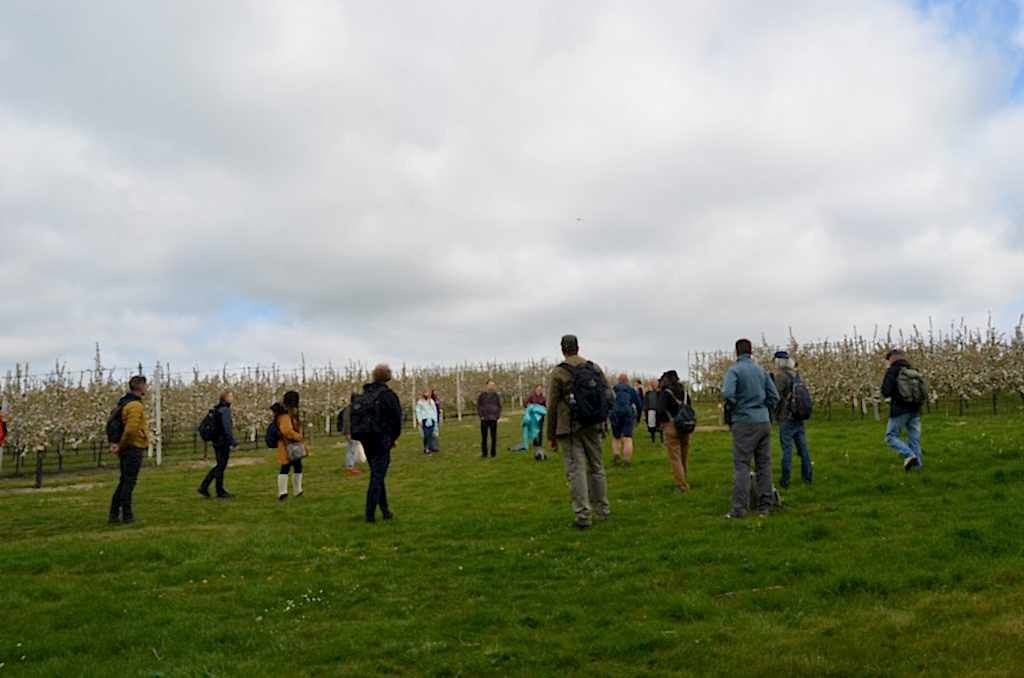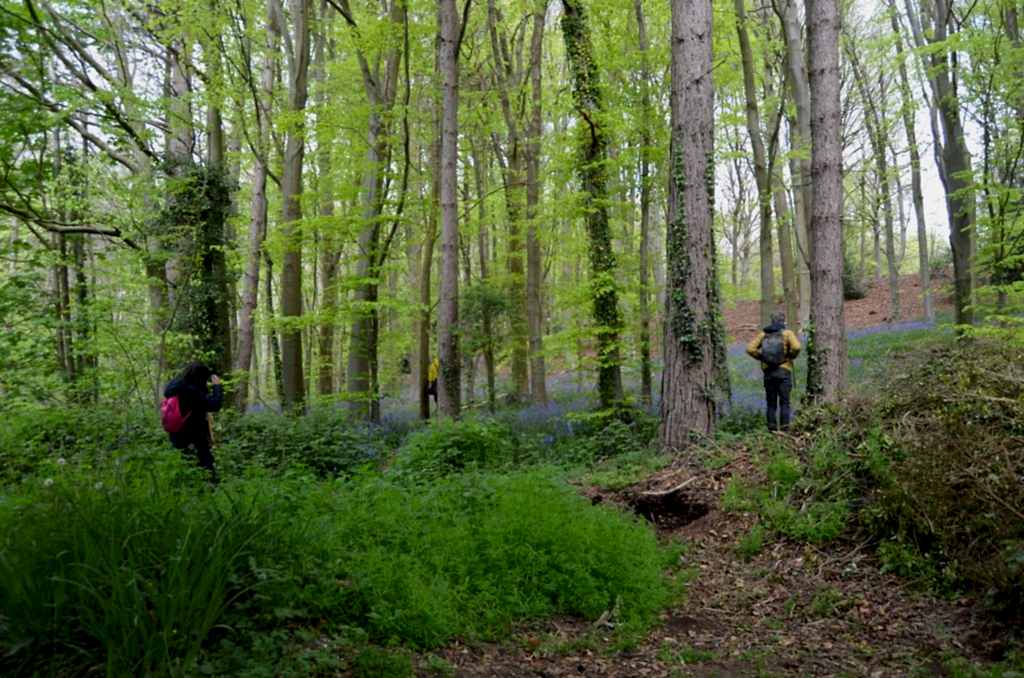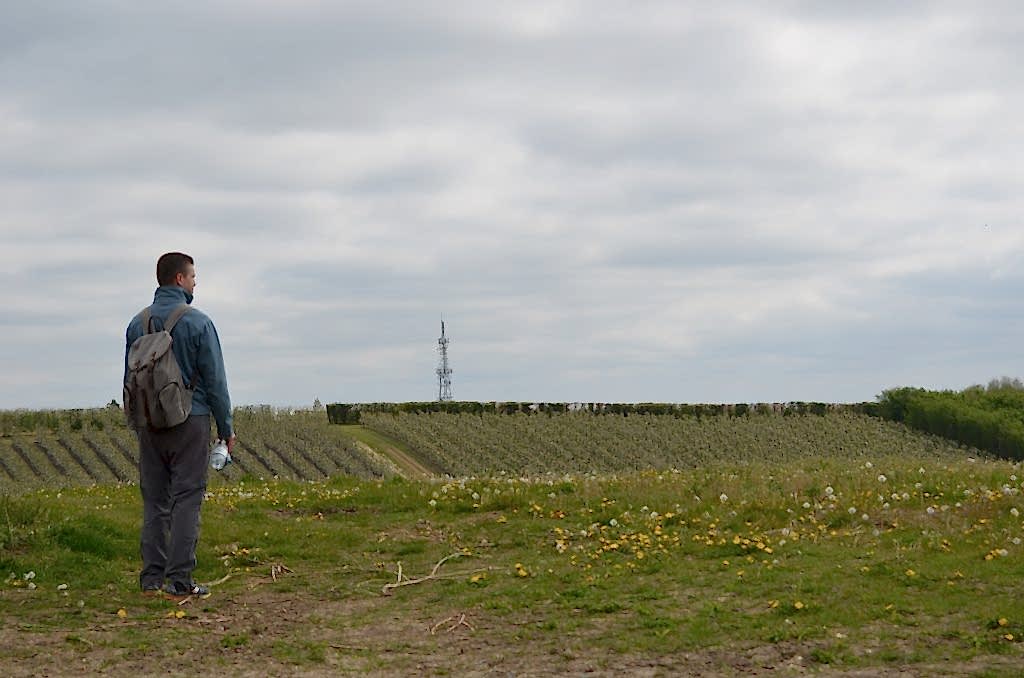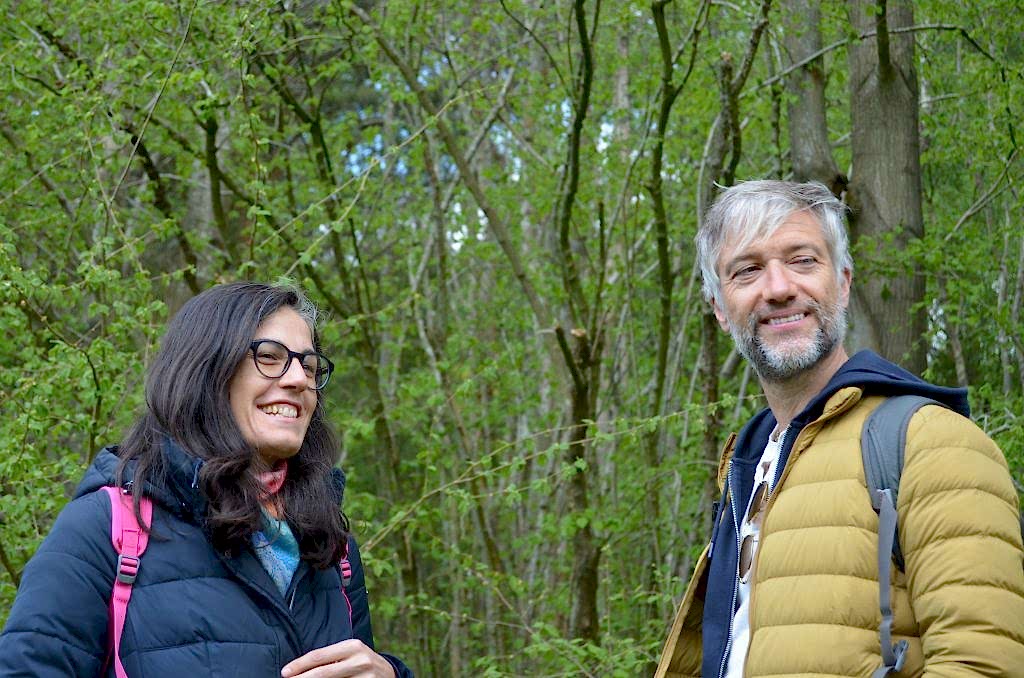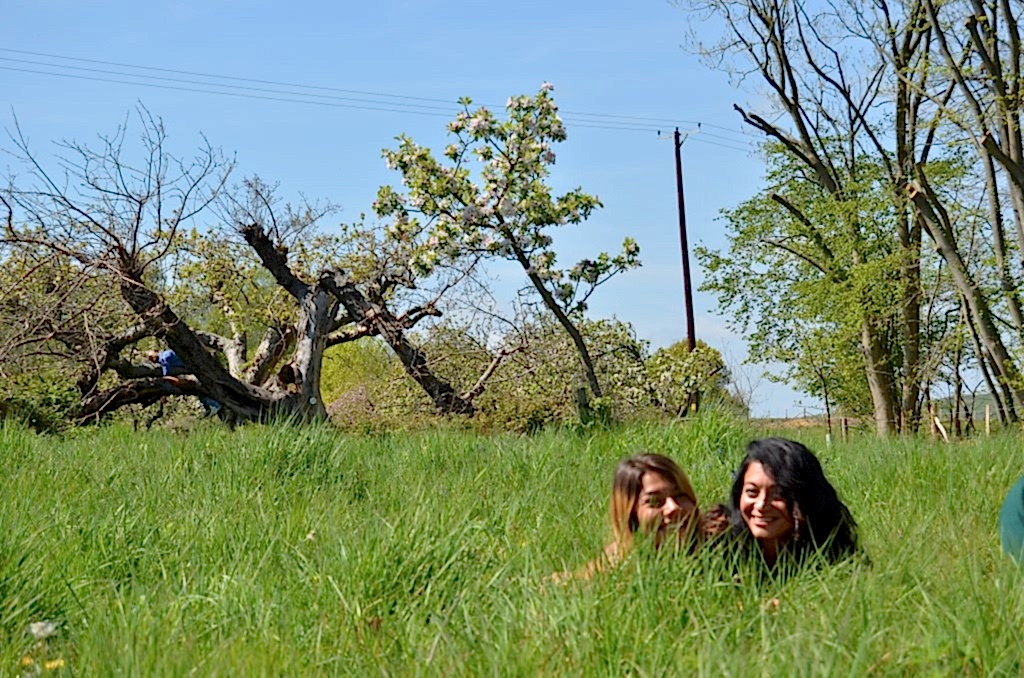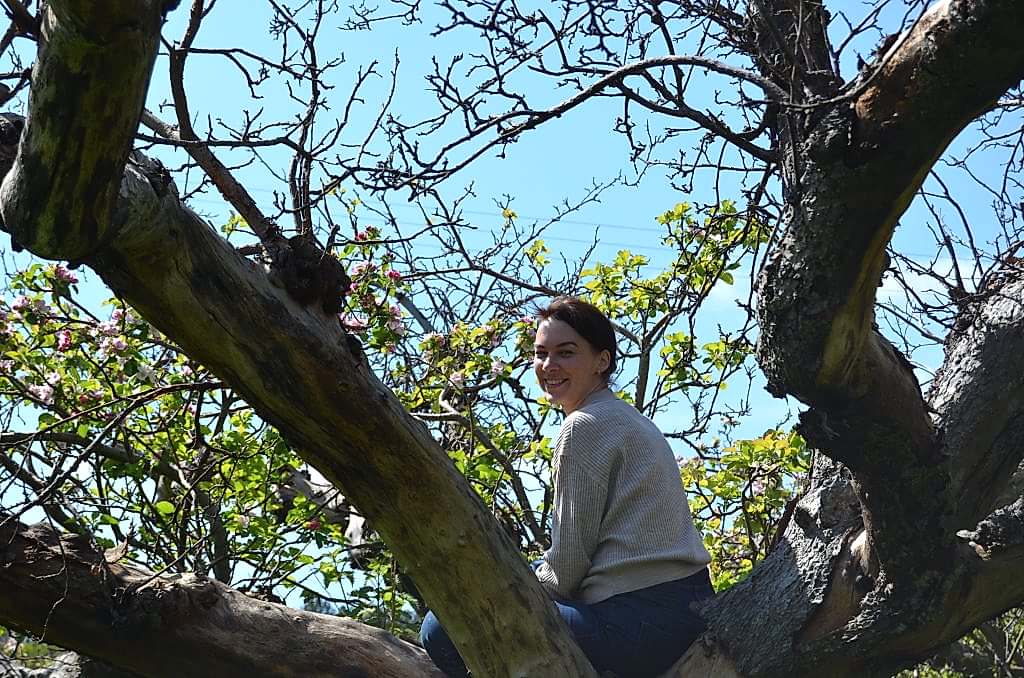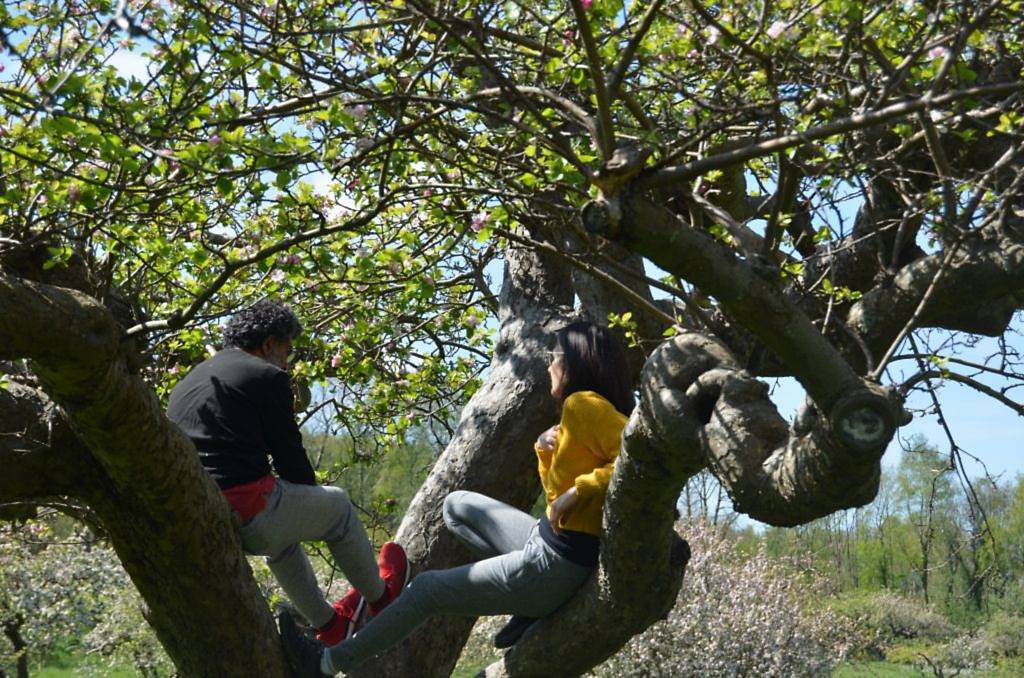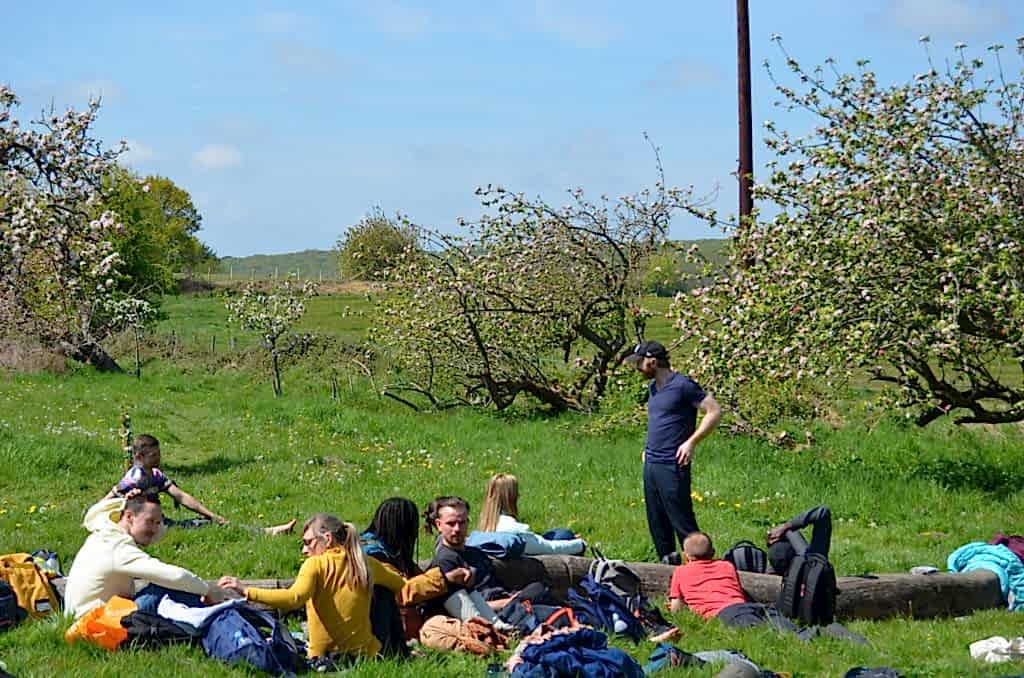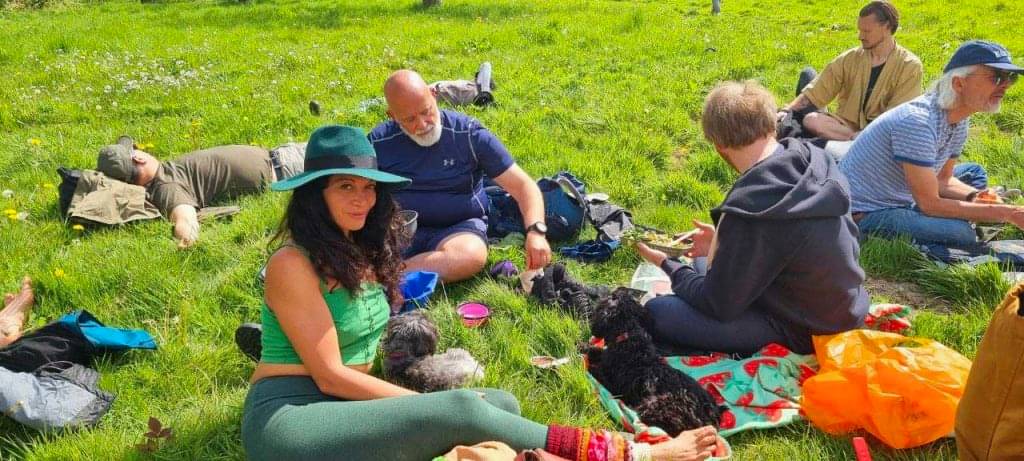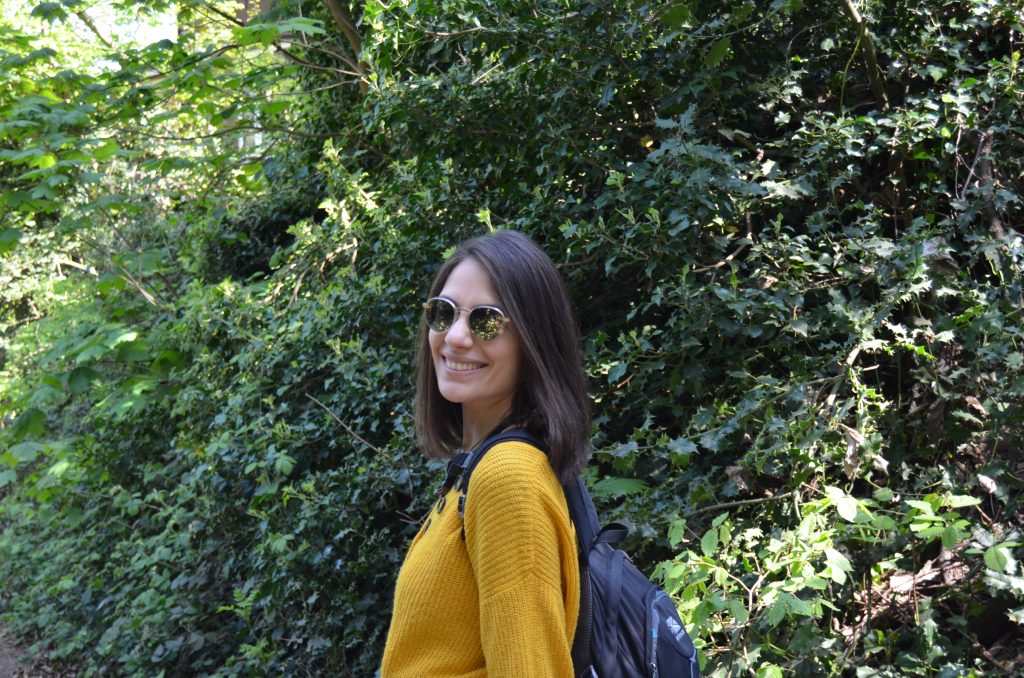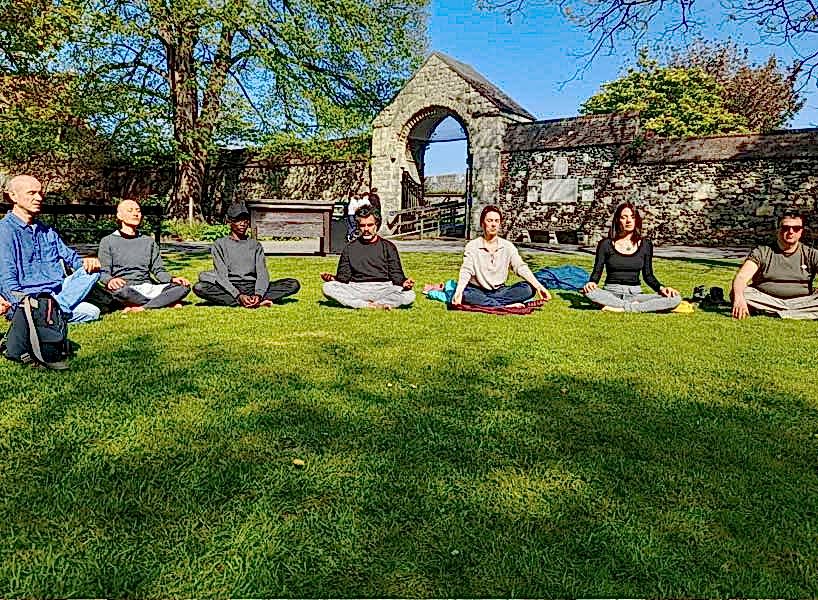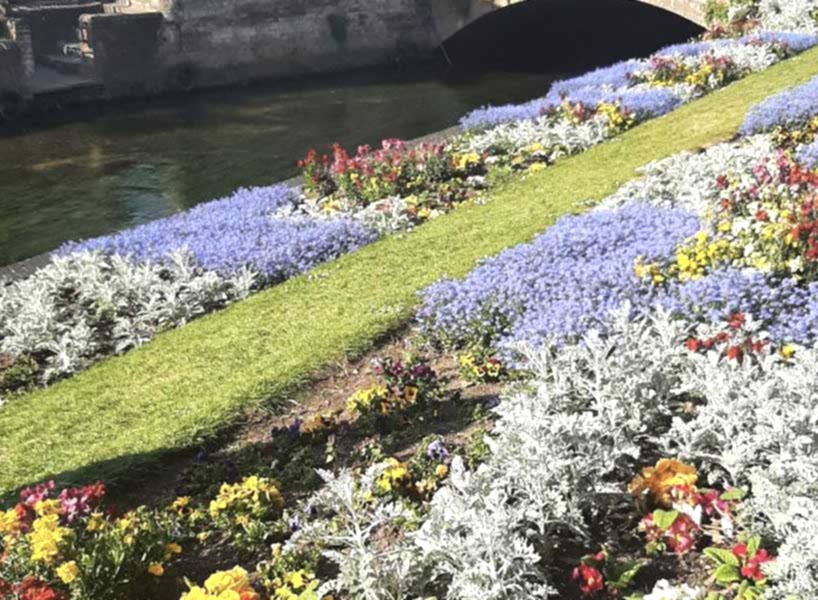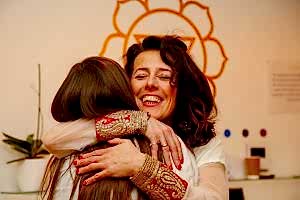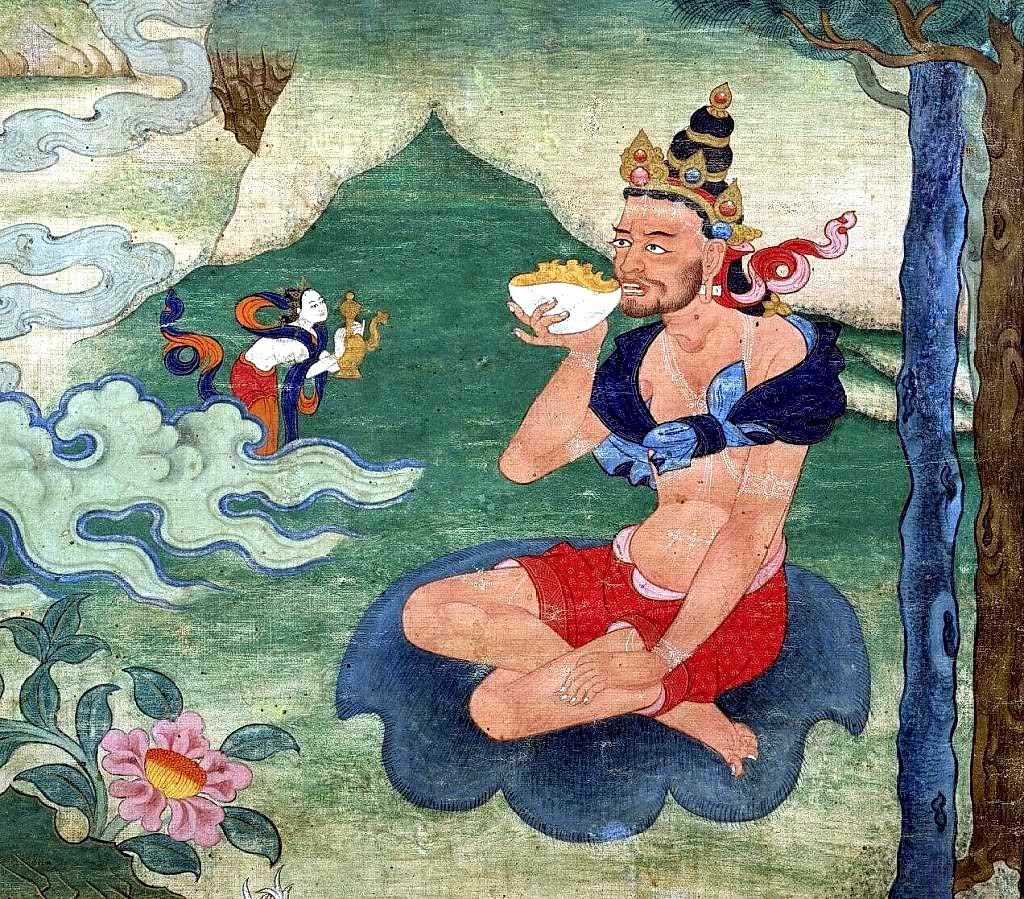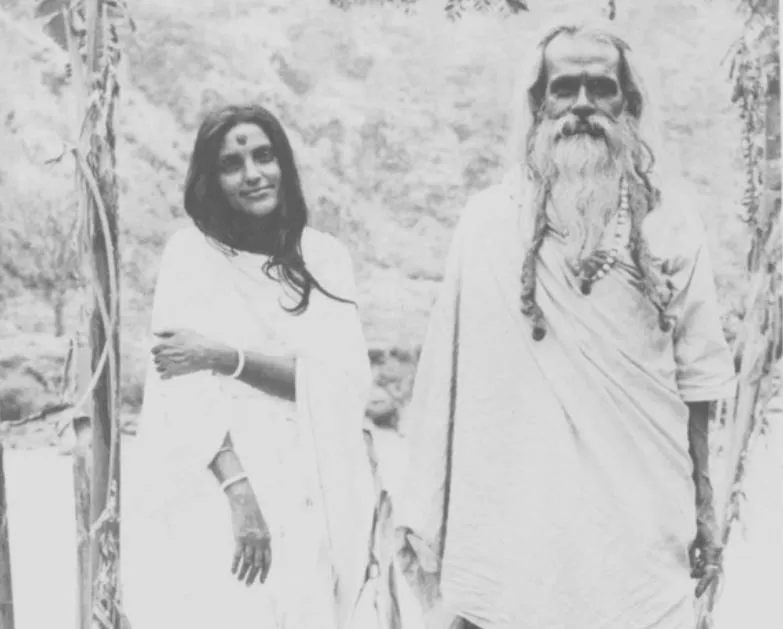“When oil poured from one vessel to another flows in an unbroken stream, so too, when the mind in an unbroken flow thinks ceaselessly of the Lord, we have what is called para-Bhakti, or supreme love.” ~ The Yogas and other works, Vivekananda
In this article you can discover:
- What the path of Bhakti yogi is
- Famous Bhakti yogis who walked this path
- How you can prepare for the path of Bhakti Yoga
- The importance of love and devotion in spirituality
The paths of Yoga
The path of devotion and love, Bhakti yoga, is one of a number of ‘paths of yoga’, with other notable paths being Karma Yoga, Jnana yoga, Raja yoga and Tantra yoga. The literal translation of ‘yoga’ in english is union. Therefore all these paths of yoga strive for the same goal – the union of Atman with ParaAtman, or the union of the individual with the universal, essentially uniting the aspirant with God.
The different paths of yoga are thus alternative routes to reach the same destination. These different paths accommodate the different inherent qualities, desires, karma and predispositions of the various aspirants who wish to reach this destination of union with the divine. Bhakti Yoga is the path of love and devotion, which is how the aspirants walk this path to achieve this state of union.
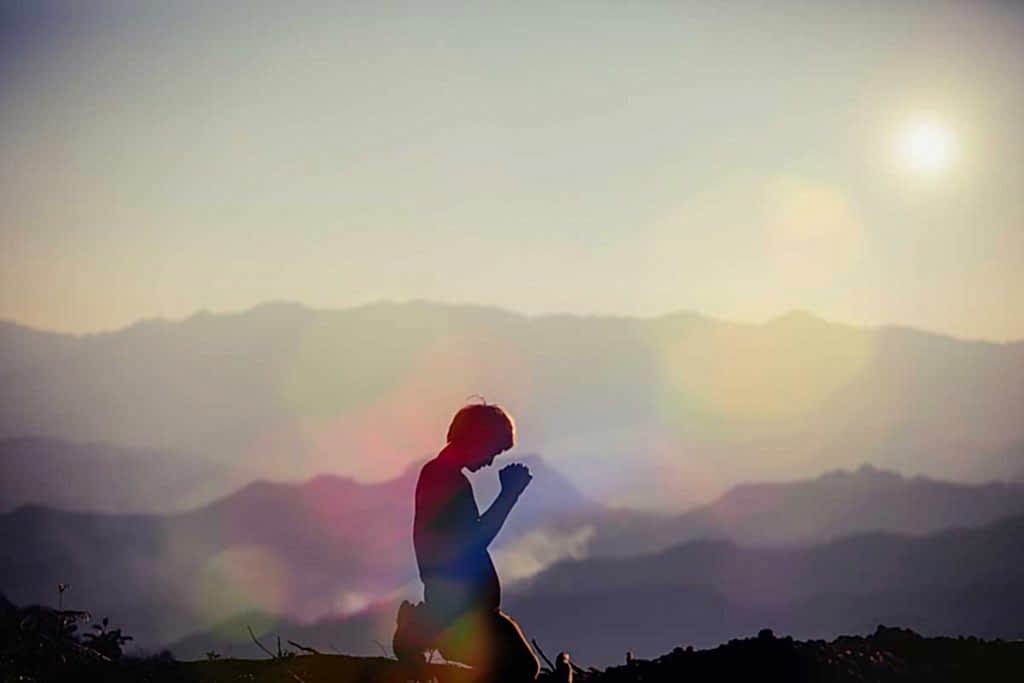
Bhakti Yoga is often cited as the easiest path of yoga because it requires ‘only’ devotion, which is accessible to almost all beings. However, though it may be simple in its nature, it is not always an easy path, especially as it requires an opening of the heart or awakening of the soul to begin.
Continous and exalted remembering
The opening quote above cites the ‘unbroken flow of thoughts’ to the divine. This is a continuous and exalted remembering. All of us will have moments when we remember the divine, the absolute, God; when we pray, meditate, see a beautiful sunrise or sunset, fall in love… These moments come and go and are often triggered by outer stimuli. For the Bhakti Yogi however, this remembering is his permanent state of being. He constantly remembers the divine in each and every moment. He sees God in every being, every animal, every flower. There is nothing in manifestation that does not remind him of God and in no thing or moment can he fail to find God.
“When the soul succeeds in enjoying the bliss of his supreme love, it also begins to see him in everything. Our hearts thus become an eternal fountain of love.”
Vivekananada
On the path of Bhakti Yoga the aspirant devotes himself entirely to God, the divine, or the absolute reality. In its highest form, this devotion is pure and uninterrupted. The aspirant sees God in everything, and they see everything in God. They realise that the entire Universe is nothing but love – “Love is God and God is love.” This quote, or truth, revealed in the Gospel of John, shows the universality of this path and of the energy of love. Not restricted to the Hindu tradition, this path is found in all genuine spiritual traditions – Christianity, Islam and so on. It is this love that supports the entire manifestation. It is also the ‘obsession’ and vehicle of the Bhakti yogi.
Unconditional Love
Because the entire manifestation is God, and if he is to love God unconditionally, the Bhakti yogi must love everything in the manifestation, equally and unconditionally. And by loving everything in the manifestation, the Bhakti Yogi likewise loves God. This is a very high level of love that is difficult for the human mind to even comprehend, let alone manifest. But just as the tiny acorn would find it hard to believe that one day it could become a giant oak tree spreading its branches majestically and producing thousands of acorns of its own, so too can the aspirant with a tiny seed of devotion and love within his being nourish and foster that love, until it too grows into mighty branches of unconditional love. Not only sustaining itself but inspiring and nourishing the seeds within others to also grow and become.

In the East there are many examples of well-known Bhati Yogis. Ma Anandamayi, Paramahansa Yogananda, Rumi, and Kadir to name but a few. The culture and history of India provides a highly conducive foundation to this path of devotion. It is something almost inherent in the people there.
St Francis – a genuine Bhakti Yogi
But the path of devotion and love crosses all borders and all time frames. A prominent example in the West is Saint Francis of Assisi. Born into a relatively wealthy family, Francis had all the comforts of the time, and was set for a life of material success and prosperity. But in his early 20s St Francis began to experience visions, and to hear a voice that would alter his life dramatically. He renounced his inheritance, disowned his father and took up a vow of poverty. He devoted his life to God and to spreading the teachings of Jesus. Many devote themselves to God and/or sacrifice material wealth in pursuit of union. But what is often cited about St Francis however is his unconditional love for all beings.
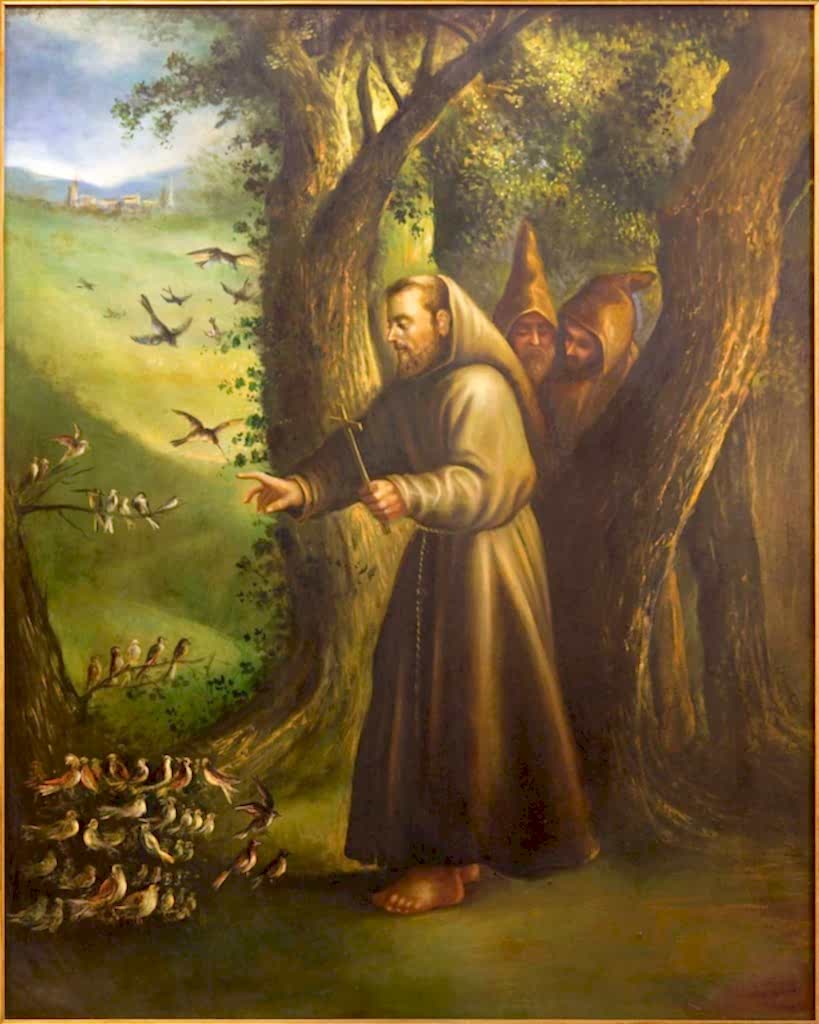
Considered outcasts, even by the Church, St Francis would show lepers the same love and affection as he would a bishop. He bathed and fed them often, and prayed both with and for them. He showed no envy, anonymity, jealously or hostility towards his fellow man. Whenever he encountered hostility towards him his response was always one of love. He even crossed the enemy lines of the Christians into the Muslim camp in Egypt during a bloody war. And while there is no account of what happened there, he returned voluntarily and unharmed, which shows he must have been recognised as a man of love by the Sultan. Otherwise his fate would have been vastly different.
St Francis’s love did not stop at humanity. He is the patron saint of animals and is often depicted surrounded by animals. He saw other creatures as a part of God, and filled with God, and he afforded them the same love and devotion that he did his fellow brothers.
One story describes how St Francis stopped some Friars who were digging up flowers to plant food for the monks. The monks objected, saying that the crops were badly needed to feed the growing monastery. St Francis simply replied, “Let the flowers be, for they are part of God’s creation. The Lord will provide everything we need for us.” Such a faith in God is not possible without unconditional love and devotion. For St Francis all was God and God was all. The sum total of all love is God and therefore we should love all equally and unconditionally.
Walking the path of Bhakti Yoga
Some are born ready for the path of Bhakti Yoga, while others have potential, but efforts are needed before the devotion can truly take hold and effortlessly unfold in the aspirant. The ancient texts thus describe two levels of Bhakti Yoga. The first is Gauni, or the preparatory stages, and the second level is Para, or superior devotion.

The purpose of Gauni is mainly for the preparation of the aspirant for Bhakti Yoga. The supreme love, para-Bhakti, is inaccessible to those who remain impure, and so a process of purification is required. The Vedanta Sutras state, “The attaining of Bhakti comes through discrimination, controlling the passions, practice, sacrifice, purity, strength and the suppression of excessive joy.” Here, comparisons can be drawn with the namas and niyamas described in Patanjali’s eight limbs of yoga. While the outer application of these ideals is usually focused on nowadays, the inner application is far more important. Purifying the body through bathing is useful, but purifying the mind through awareness is far superior.
“Religious realisation, or para-Bhakti, is possible only when the mind is in a steady, peaceful condition of harmonious equilibrium. It is through this that one may begin to learn how to love the Lord.”
There is also a preparatory stage when entering para-Bhakti, the stage of supreme love. This preparation centres around ‘renunciation’. All paths of yoga include this aspect, albeit in different manifestations. The Karma Yogi must renounce the fruits of his actions while the Jnana Yogi must renounce the entire manifestation as an illusion. For the Bhakti Yogi, he must renounce all that is insignificant in favour of God. This is only a phase or process the yogi must go through, because as we saw above, all is God, even the apparently insignificant.
But until the Bhakti Yogi has truly experienced this realisation within his being, he must constantly renounce that which is lower for that which is higher, or that which is limited for something closer to infinity. For example, on the path of Bhakti Yoga, selfishness would be seen as a form of love – excessive love of ones self, and a very limited and restricted manifestation of love.
The Bhakti Yogi should renounce selfish love and instead embrace a more expanded love, such as love for another human being or a family. This expanded love should include the initial ‘object’, in this case the self, the person. In this way the Yogi truly expands rather than just moving his love.
This renunciation is not a ‘killing’ of something or a struggle. It is actually seen as the most gentle and natural of all the various forms of renunciation. While renunciation may appear to be a sacrifice, what we actually sacrifice is the limitations and chains that restrict the soul, so that it can become free, free to love, free to expand towards infinity and towards God. The only condition is that each sacrifice takes us closer and closer to God.
“The bhakti-yogi should not suppress any single one of his emotions; he only strives to intensify them and direct them to God.”
Once the aspirant succeeds with renunciation in the higher stage of Bhakti Yogi, his efforts then become effortless. He then understands the universal truth – God is love and love is God. But not merely as a mental or intellectual understanding. Rather he feels it deep in his heart as the ultimate truth of the universe. Everywhere he looks he sees nothing but the divine. Every word he hears, comes as if from the divine. Everything he touches is infused with the divine. This is his permanent reality in every moment. And through this universal energy of love that continuously springs from his heart, he is united, he is in yoga with all things and finally, united with God.
Summer Retreat: The paths of Yoga
If you wish to find out more about Bhakti Yoga, consider joining our summer retreat this June. It explores 5 paths of yoga, including Bhakti Yogi. In this way it’s an ideal opportunity to discover which path of yoga is most suitable for you. Details below.
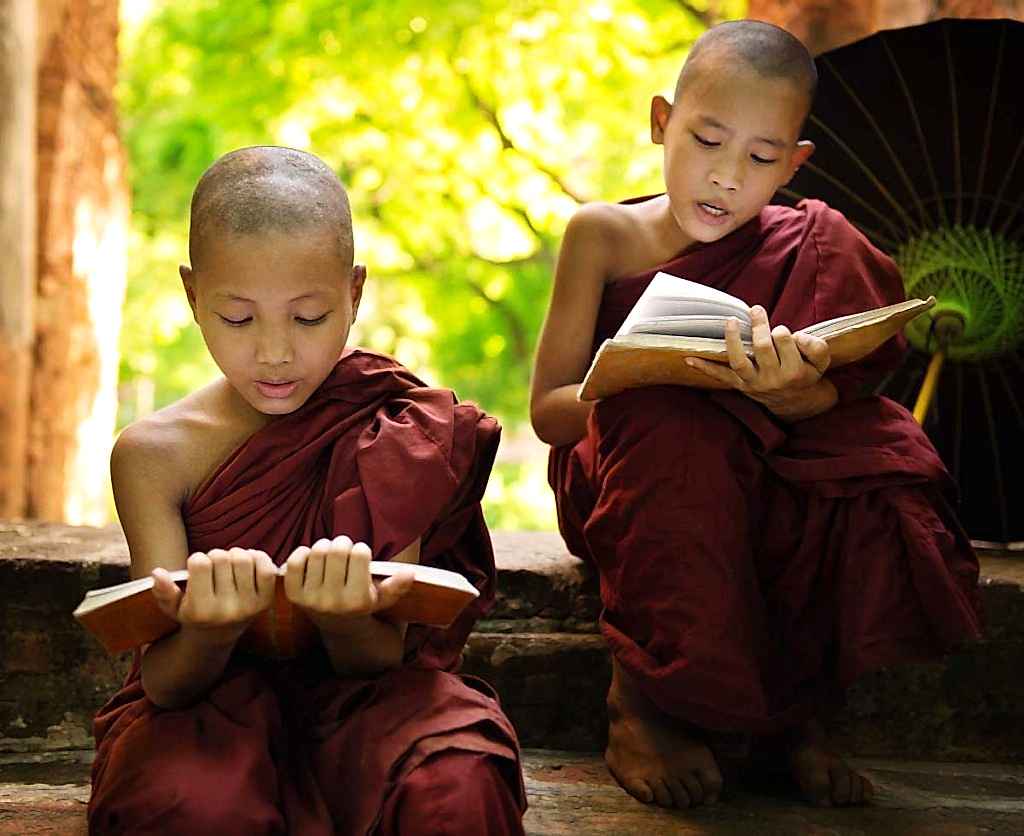
“We all begin with love for ourselves, and the unfair claims of the little self make even love selfish. At last, however, comes the full blaze of light, in which this little self is seen to have become one with the Infinite. Man himself is transfigured in the presence of this light of love, and he realises at the last the beautiful and inspiring truth that love, the lover and the Beloved are one.”
Vivekananda

